japanese pagoda tree pros and cons
Overall Japanese maples work great in smaller yards because they dont get exceptionally tall or wide. Celebration Maple is a seedless variety of Freeman Maple with a rapid growth rate.

Japanese Pagoda Tree Care Maintenance Instructions Cool Garden Ideas
Celebration Maple tree Pros and Cons.

. They are perfect for small yards that wont allow full-sized towering trees. Japanese Blueberry Tree Cons. The weakness of the wood itself causes the tree to be affected by strong weather.
The dried flowers and buds of the pagoda tree are used as a medicinal herb in China Japan and Korea to treat bleeding hemorrhoids and hematemesis. Finely textured branching its as if I am looking through a gigantic dandelion seed head light shade and size. We Offer Unbeatable Prices On High-Quality Plants.
Japanese Pagoda Tree An Elegant And Airy Slow Growing Giant For Parks What Is Sophora Japonica Learn About Japanese Pagoda Tree. Frozen spring growth which I. Given a location in full sun Japanese tree lilacs seldom suffer from insect and disease problems.
Three pros so far. Well Take Care Of That. Chances to Become Chlorotic On High Ph Soils.
The phase IV clinical study is created by eHealthMe based on reports from the FDA and is updated regularly. Japanese blueberry trees are more resistant than related evergreen trees to neutral to somewhat alkaline soils. Leaves are compound with 7-17 pinnate bright green leaflets.
Tree form is variable from upright to spreading. Ad Browse Our Wide Selection Of Beautiful Accent Trees Flowering Shrubs Perennials More. Japanese Blueberry Tree Pros.
It grows in a tropical climate. In 2006 Casey Trees named a Japanese. The Japanese pagoda tree is known for its fragrant flowers and attractive foliage.
Struggling To Get That Tree From Your Local Nursery into Your Car. A tendency common between trees bred for aesthetic enjoyment. An Open Growth Form in Old Age.
Because of its need of fairly intensive cultivation Japanese pagoda tree is. The weeping Japanese pagoda rarely blooms. Japanese tree lilacs are rated for USDA plant hardiness zones 3 through 7.
Shop Nature Hills Today. There is no Rodenticide anticoagulant poisoning reported by people who take Japanese pagoda-tree and have side effects. Aesthetic Qualities The aesthetic qualities of mimosa are almost entirely.
The phase IV clinical study is created by eHealthMe based on reports from the FDA and is updated regularly. In the fall the foliage develops an appealing golden-yellow with red tones. Shop Plants Trees Now.
They are easy to trim because of their smaller stature and they show off deep crimson leaves throughout the growing season. Its inherently symmetrical habit and broad free branching structure make it an excellent choice for commercial and household plantings. Shown that the tree would look its best in a rich and well-drained soil.
In soils with extremely high pH or too compacted the tree appears to develop chlorosis. Japanese pagoda trees can be found in various places around the District including on the Capitol grounds and at Dupont Circle Lincoln Park and the National Cathedral. These trees are very easy to transplant and rarely suffer transplant shock.
Best in part shade well-drained soil and deep. With medical big data and AI algorithms eHealthMe enables everyone to run phase IV clinical trial to detect adverse drug outcomes and monitor effectiveness. Japanese blueberry tree pros and cons.
Evergreen backdrops for highlighting plants with contrasting flower. Despite its name the. A Japanese pagoda tree also called Chinese scholar tree is perfect if you live in an urban setting are looking for a flowering shade tree or are planning a Japanese garden.
The pros and cons of growing mimosa are easily defined in terms of its appearance growth habit and invasive potential. It is drought tolerant and can take urban air pollution very well. The tree doesnt like sandy fields.
Screens for shielding views. Flowers fall together in midsummer creating a fragrant blanket of white around the tree. This is a shame since the Pagoda Tree is a tough and versatile tree.
It is a large tree that grows to 60 or more. Here in America Pagoda Trees are trees planted as street and park trees occasionally but most are on college campuses and in Arboretums. Flowers resemble typical pea flowers and grow in showy creamy white clusters with a lovely fragrance.
The Japanese pagoda tree is a beautiful tree that you will want to. If not pruned properly the branches will break under the weight of snow or in heavy winds. Ad Delivering Quality Plants Trees to Your Doorstep for 15 Years.
They tolerate urban pollution and thrive in any well-drained soil. No report of Cough is found in people who take Japanese pagoda-tree. Sophora japonica Pendula known as the weeping Japanese pagoda is a cultivar of our Tree of the Month.
The Japanese pagoda tree Styphnolobium japonicum is a Chinese native and the only thing that will make you question it is the confusing name.
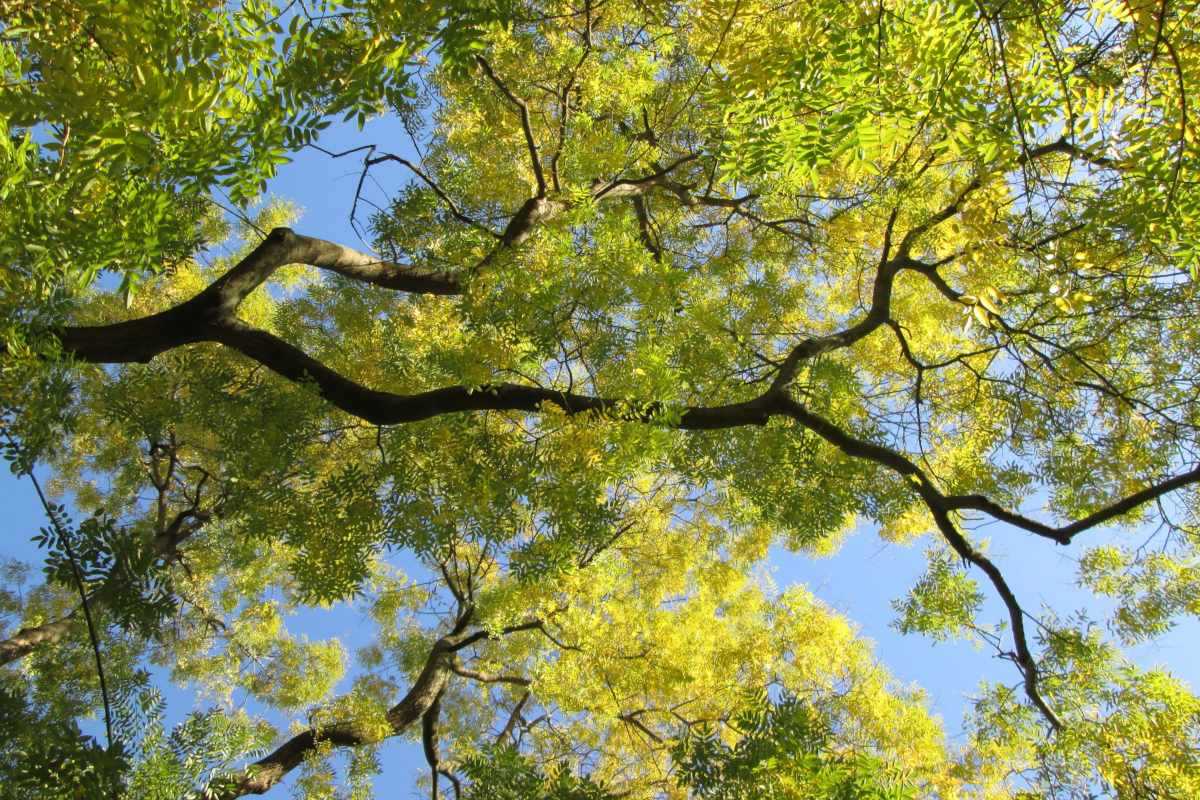
Japanese Pagoda Tree An Elegant And Airy Slow Growing Giant For Parks

Japanese Pagoda Tree Care Maintenance Instructions Cool Garden Ideas

Pagoda Tree Facts And Health Benefits

The Pros And Cons Of Visiting Kyoto In Cherry Blossom Season Suitcase Sneakers

Pagoda Tree Facts And Health Benefits

Pagoda Tree Facts And Health Benefits
:max_bytes(150000):strip_icc()/japanese-pagoda-tree-care-5186863-04-eea66be4d0454af08c590e51a6e51aca.jpg)
Japanese Pagoda Tree Care And Growing Guide
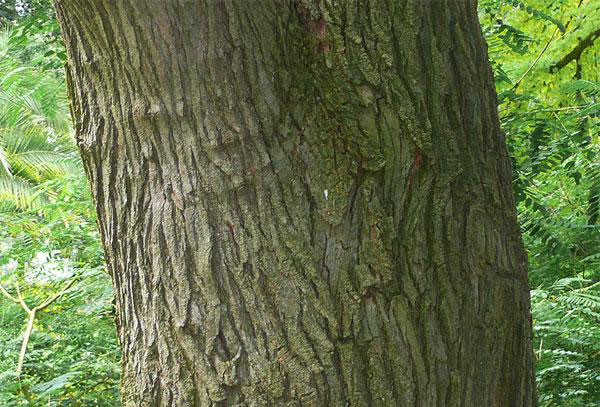
Pagoda Tree Facts And Health Benefits
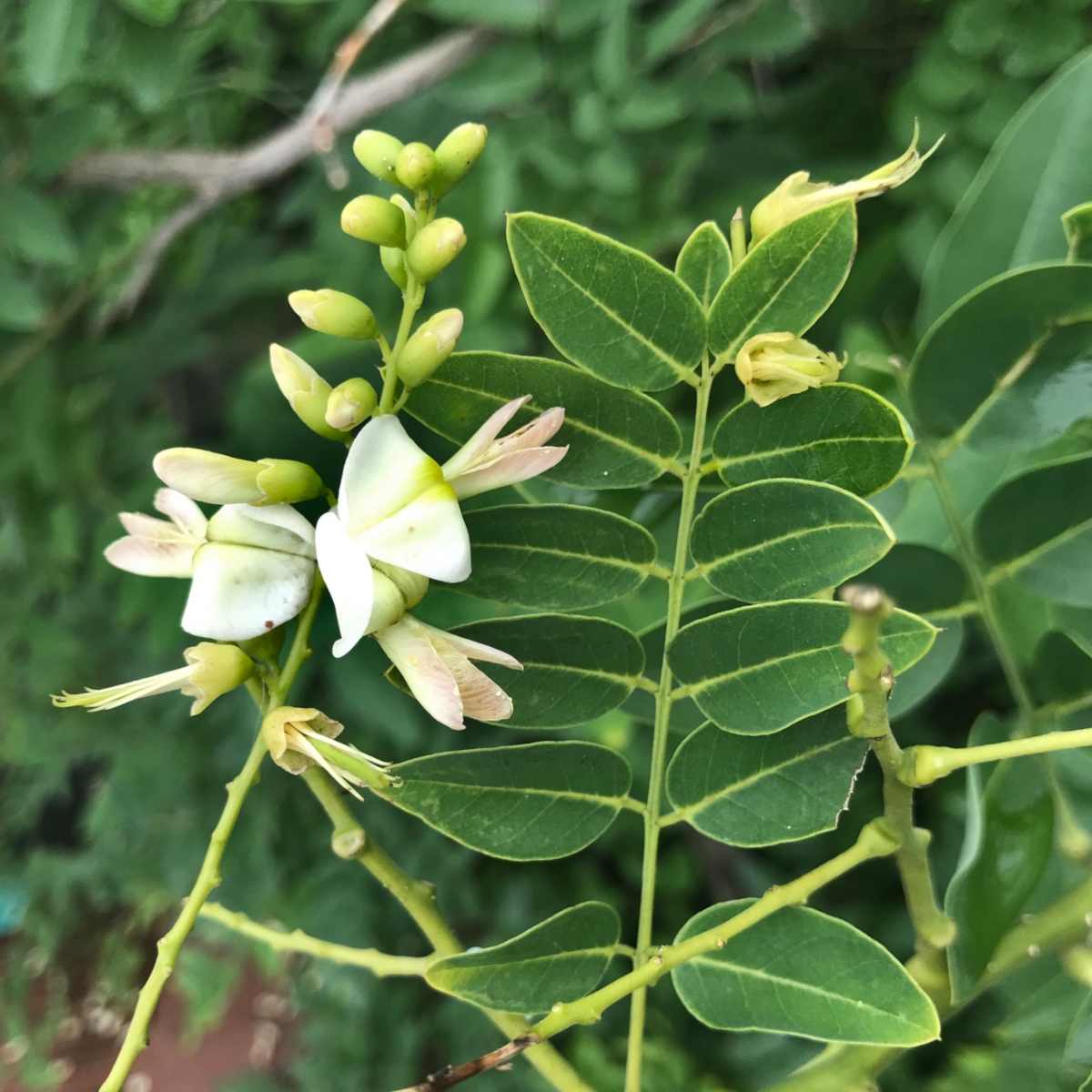
Japanese Pagoda Tree An Elegant And Airy Slow Growing Giant For Parks

What Is Sophora Japonica Learn About Japanese Pagoda Tree Care
:max_bytes(150000):strip_icc()/japanese-pagoda-tree-care-5186863-02-40fc3009a3e544499b255f71c2f98b8a.jpg)
Japanese Pagoda Tree Care And Growing Guide
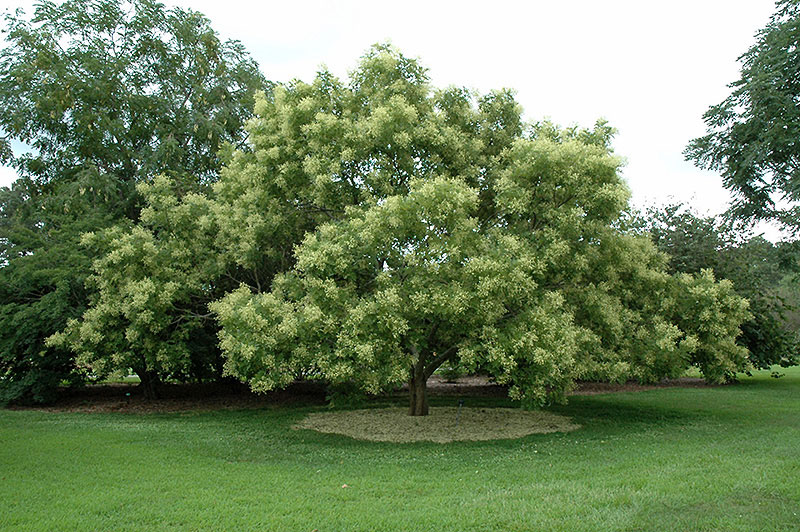
Pagoda Tree Facts And Health Benefits
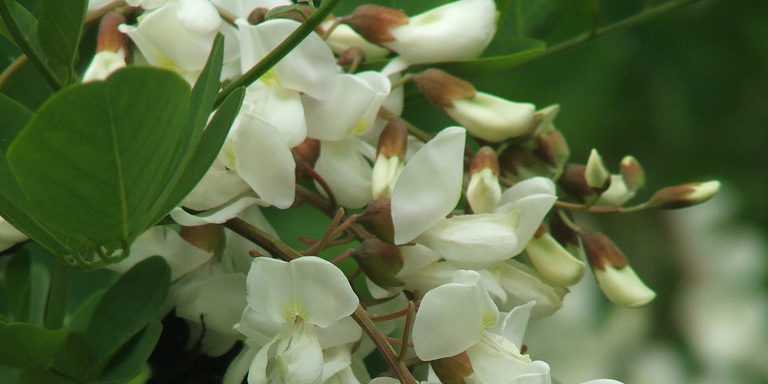
Tree Of The Month Japanese Pagoda Tree Casey Trees
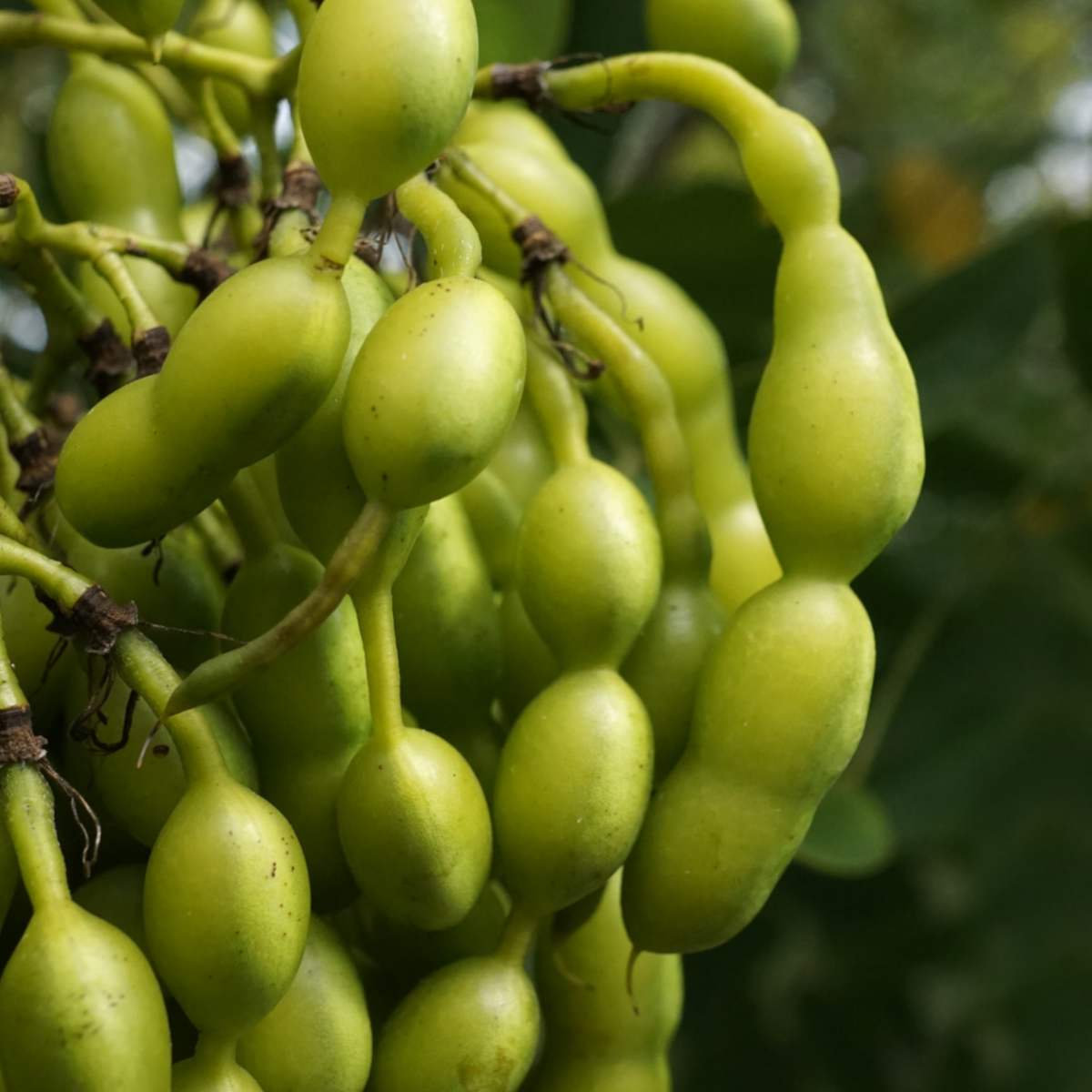
Japanese Pagoda Tree An Elegant And Airy Slow Growing Giant For Parks
/japanese-pagoda-tree-care-5186863-hero-b959bcf0d99349dcaef36a3b9e0cfeb0.jpg)
Japanese Pagoda Tree Care And Growing Guide
:max_bytes(150000):strip_icc()/japanese-pagoda-tree-care-5186863-07-678db2e12f964f979141917e3892ee54.jpg)
Japanese Pagoda Tree Care And Growing Guide
:max_bytes(150000):strip_icc()/japanese-pagoda-tree-care-5186863-06-ea23bcea86d74cdd998d083e1da1f11e.jpg)
Japanese Pagoda Tree Care And Growing Guide

Japanese Pagoda Tree Facts Japanese Pagoda Family Name Japanese Pagoda Amazing Gardens Dream Garden
